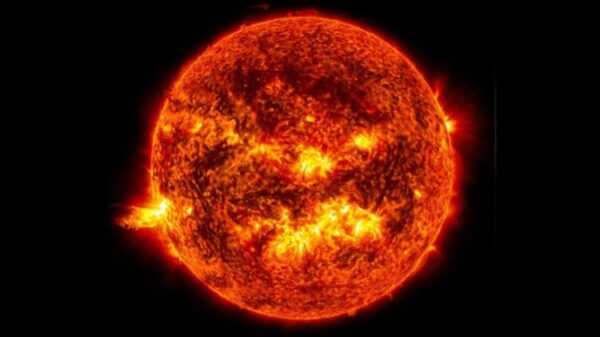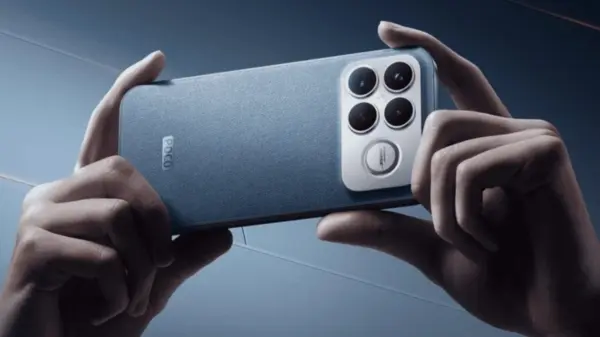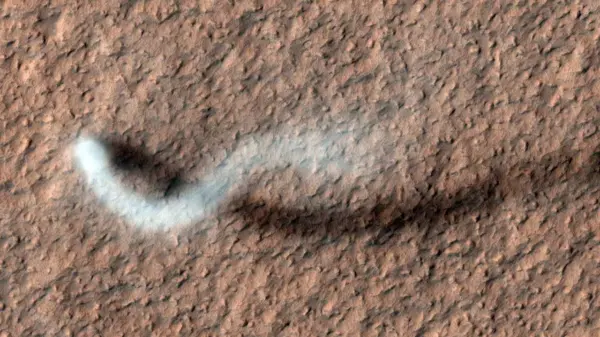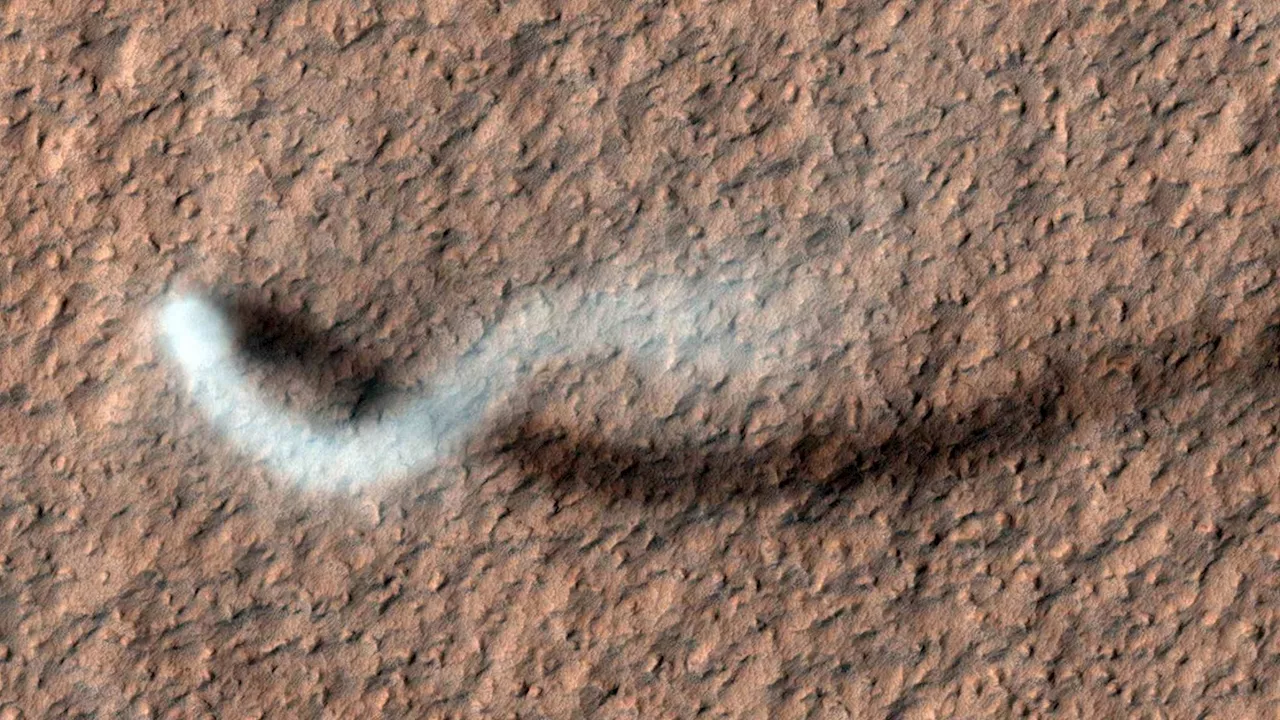NASA’s Perseverance rover has made a groundbreaking discovery on Mars by detecting faint electrical discharges, suggesting that the planet’s atmosphere may be more electrically active than previously thought. This finding, which includes the identification of numerous tiny electrical zaps, provides new insights into the dynamics of Martian weather and its dust-filled environment.
Researchers led by Baptiste Chide from the Institute for Research in Astrophysics and Planetology in Toulouse have recorded a total of 55 distinct electrical-discharge events over 28 hours of microphone recordings taken during two Martian years. These discharges are linked to strong winds, dust devils, and storm fronts, marking the first concrete evidence of electrical activity on the Red Planet.
Understanding Martian Electrical Activity
The electrical discharges observed are not the dramatic lightning bolts familiar on Earth, but rather a phenomenon referred to as “mini-lightning.” These subtle zaps, which can be likened to the sound of a spark or whip-crack, were detected within mere centimeters of the rover’s microphone, making them audible yet faint enough to differ from conventional definitions of lightning.
The study indicates that most of the identified discharges clustered within the upper 30 percent of wind events recorded. Notably, 16 of these events occurred in close proximity to dust devils. The phenomenon, known as triboelectricity, occurs when dust particles collide, generating electrical charges. On Mars, the thin carbon dioxide atmosphere facilitates the production of these discharges.
Chide stated, “These discharges represent a major discovery, with direct implications for Martian atmospheric chemistry, climate, habitability, and the future of robotic and human exploration.” The findings imply that electrostatic discharges could initiate chemical reactions in Martian soil and atmosphere, potentially altering surface chemistry or affecting the preservation of organic molecules.
Implications for Future Exploration
While this discovery opens a new dimension in understanding Martian weather, researchers caution that the current data consists solely of audio and electromagnetic signals. No visual flashes or optical data have been recorded to validate the nature of these discharges. The team calls for the development of dedicated instruments and improved atmospheric models to assess the frequency and impact of these electrical phenomena.
The research was published in the journal Nature, underscoring the significance of this discovery in the ongoing exploration of Mars. As scientists continue to analyze the data from Perseverance, the findings could enhance our understanding of Martian climate and the potential challenges future missions may face.
This landmark evidence of electrical activity on Mars not only intrigues researchers but also raises questions about the planet’s environmental dynamics and its capacity to support future exploration efforts.




































































